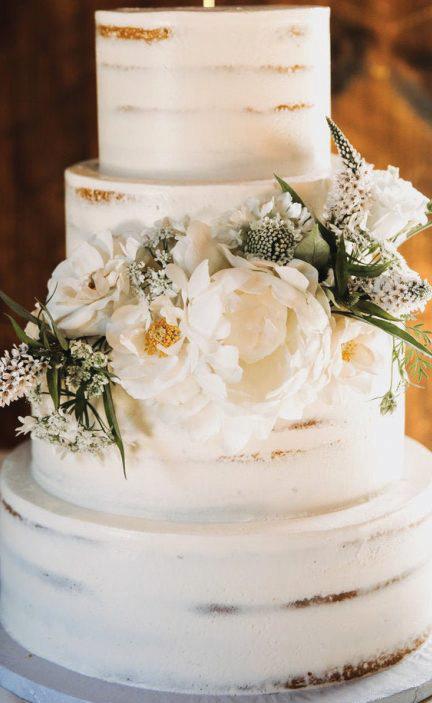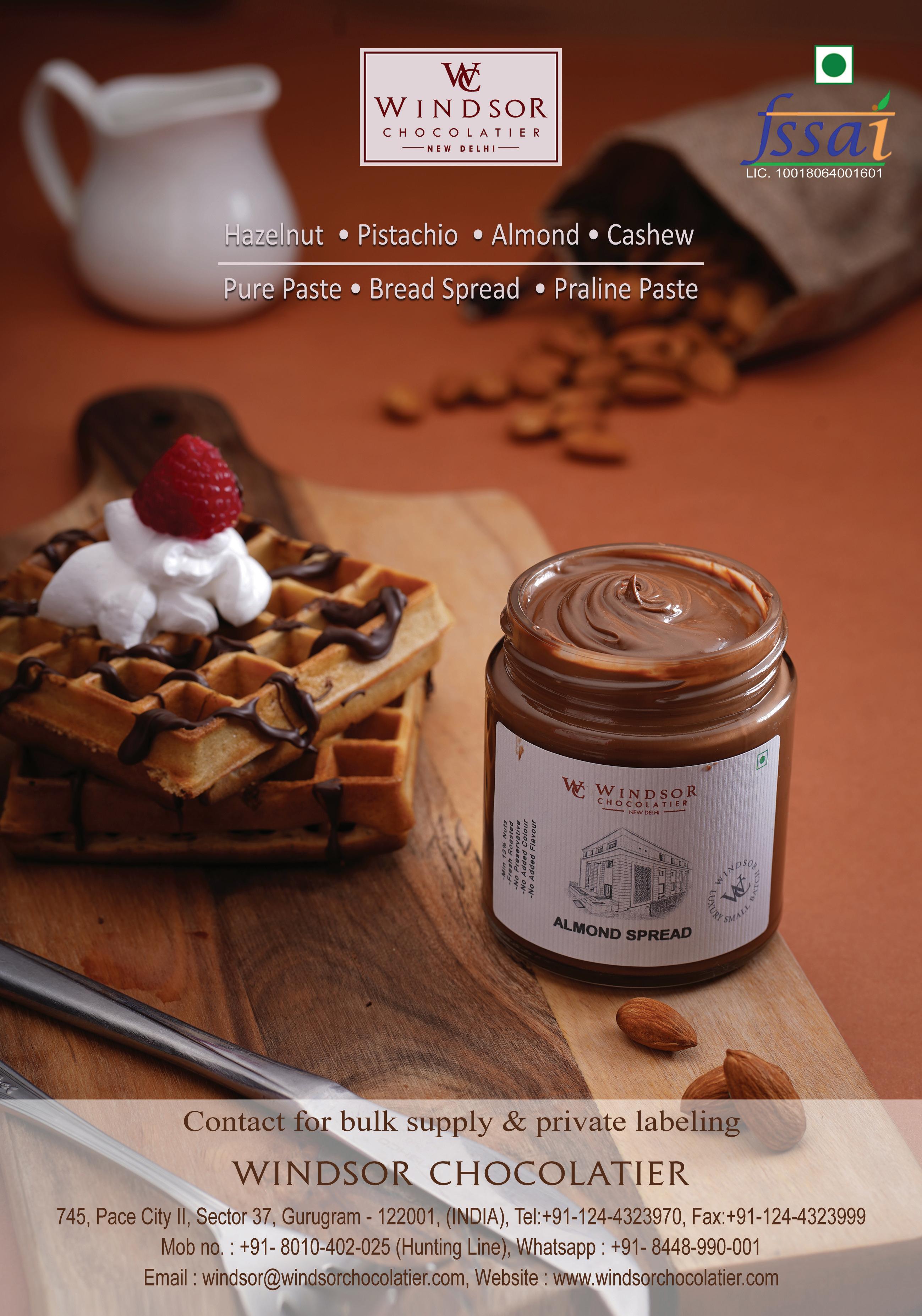
3 minute read
Presentation
Design & Decorate Cakes Well!
Fresh edible flowers make gorgeous and easy cake decorations. Look for lovely colourful flowers such as sweet violets, lavender, honeysuckle, rose petals, bachelor’s buttons, johnny-jump ups, and calendulas just to name a few. Pile on these flowers on a frosted cake or even just a plain cake.
Advertisement
For an added touch, dusting the flowers with super fine sugar gives a wonderful sparkly glow to your creation. Readily available candied violets and candied rose petals also add that special touch to a decorated cake.
Just be sure when using flowers as a decoration that they are clean, all the parts you are using are non-toxic, and that they are pesticide free.
Another great way to spice up a cake is with fresh fruits. Fresh berries can be piled on top of cake, sprinkled with confectioners’ sugar and garnished with a few fresh mint leaves. Whole strawberries placed around the outside of a chocolate cake add a touch of color. Kiwis, grapes, orange sections, and strawberries can be arranged on the top of a cake and glazed with shiny syrup.
Fresh sliced figs with dollops of whipped cream can also be arranged decoratively on the top of a cake. These are just a few of the many ways fruit can be used in decorating cakes. Using caramel dipped, sugar-dusted, or candied fruit and/or rinds can also add a nice finishing touch to a beautiful cake.
Confectioners’ sugar or cocoa powder lightly dusted over the tops of cakes makes a nice finishing touch.
Lace paper doilies placed over the cake before dusting makes wonderful lacy patterns, or create your own stencils using parchment paper cut into lovely designs such as stars, polka dots, flowers, diamonds, vines, and waves. Another great way to dust a cake is to use a stencil of radiating lines and both confectioners’ sugar and cocoa powder.
Place the stencil on top of the cake and dust with cocoa powder. Carefully remove the stencil and wipe off any remaining cocoa powder. Be very careful not to disturb the cocoa powder, and place the stencil on top of the cake again, this time making sure that the openings are on the parts of the cake that have not been dusted with cocoa powder. Dust with confectioners’ sugar, carefully remove the stencil and there you are — you’ll get a very graphic two-toned design.
Chocolate curls, ruffles, jagged slabs, and leaves are another easy way to jazz up a cake. Chocolate curls can be made with a vegetable peeler by simply shaving off pieces of a chocolate block. To get small flakes and curls make sure the chocolate block is cold, to get larger curls the surface of the chocolate should be slightly warm but not melted. To get even larger curls spread melted chocolate, in a thin layer, over a marble slab or a baking sheet, let the chocolate cool then scrape using a knife, spoon, or spatula depending on the size and the shape of the curl/ruffle you want. For jagged slabs of chocolate simply cut out irregular shapes with a knife or other sharp instrument.
To make chocolate leaves carefully brush melted chocolate onto the underside of a non-toxic leaf, cool until chocolate has fully hardened, and gently peel off the natural leaf from the chocolate one. These chocolate confections can be piled high, lightly scattered, or precisely placed on a cake. A mixture of white and dark chocolate leaves gives a real dramatic flourish to a simple chocolate cake or even a decadent cheesecake.
Marzipan molded into different shapes makes very attractive garnishes. Marzipan can be shaped into animals, fruits, vegetables, flowers, and any numerous fanciful shapes. It can be colored with paste food coloring before shaping for deeper more intense shades or dry food coloring can be dusted on the finished shapes for a subtle blush of color. Once made, these shapes arranged in groups or singly on or around a lightly frosted cake will make a very attractive or whimsical statement.











